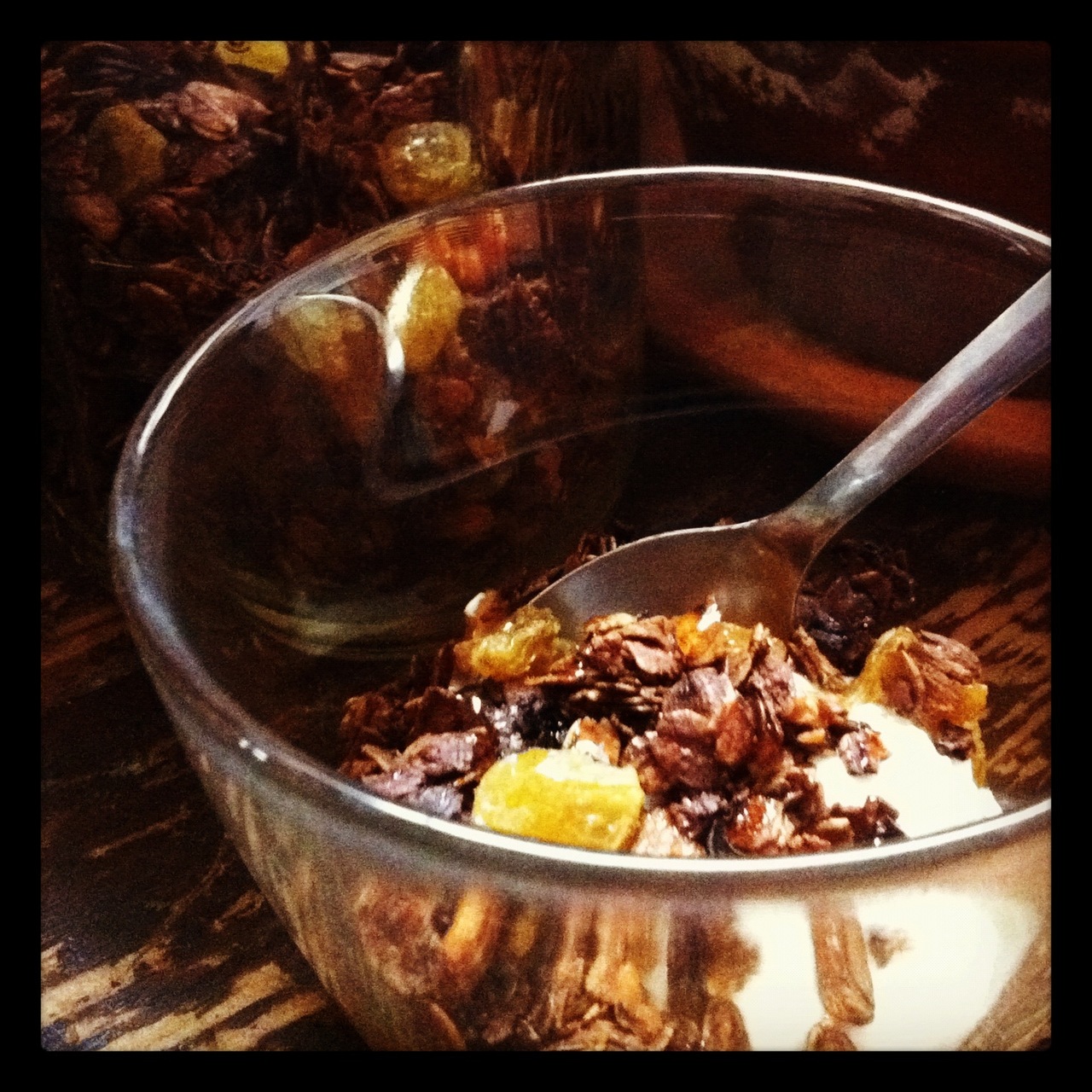It’s true. For some reason we have equated Thanksgiving to “the all-you-can-eat-holiday.” Some research has shown that people eat up to 3,000 calories at dinner alone, meaning that the average person eats around 4,500-5,000 calories a day during the holiday, well above the daily recommendation of ~2,000.
The following are a few tricks of the trade. I promise, they work!
*Don’t skip meals. If you eat a light breakfast and lunch, you won’t be starving for dinner and therefore, you will be able to make better food choices.
**Maximize those healthy sides! Whether you are having dinner with family, friends, or hosting yourselves, ensure there are at least three healthy foods available. Half of your plate should be overflowing with healthy sides. Some ideas: sautéed vegetables, mixed greens, green beans, or sweet potatoes (low in fat).
*Chew your food and slow down. There is no reason to eat everything in 5 minutes. It is not a competition. So, enjoy the food and the company.
**Save it for later. My biggest challenge is feeling like I am missing out on all the good food. So, I started saving a plate for the next day. That way, I avoided overeating, skipped seconds and got to try everything.
*Don’t forget to double fist. If you are going to drink alcohol, always drink water. It will slow you down, help hydrate you and adds no calories to the equation.
**Dress to impress. If you wear fitting clothing, you will be more conscious of when your pants/skirt/dress start feeling a little too snug.
Most importantly, enjoy your family and friends and have a happy and healthy Thanksgiving!
SPECIAL PROMOTION: Starting in December, the individualized “3 Week Challenge” will commence. The program consists of 3 50-minute sessions over a 3-week period in which we focus on cleaning out your diet, incorporating meal planning/scheduling, and integrating home cooked meals. The cost is $200. For appointments and inquiries: bushwicknutrition@gmail.com
Office Hours: Tuesday & Thursday: All Day. Monday, Wednesday, Friday: 6 to 9pm. By appointment only.
Pic from TheVaultDFW from Flickr
Pic from WishUponACupcake from Flickr
Inspiration from: HuffPost Healthy Living , Fit Sugar































 Not because it’s summer, it means that we should give up on all our hard work during the long winter and spring months. On the contrary- this is the time we should continue our healthy habits and in the process, show off some skin!
Not because it’s summer, it means that we should give up on all our hard work during the long winter and spring months. On the contrary- this is the time we should continue our healthy habits and in the process, show off some skin!  Avocados are my favorite fruit. I honestly can eat them with anything (or even on their own). That said, I can’t get enough guacamole! So, I decided to break down the infamous guacamole recipe.
Avocados are my favorite fruit. I honestly can eat them with anything (or even on their own). That said, I can’t get enough guacamole! So, I decided to break down the infamous guacamole recipe.





 Nowadays it’s hard to think of food without thinking of nutrients- the chemical components found in food like antioxidants, fiber, or saturated fat.
Nowadays it’s hard to think of food without thinking of nutrients- the chemical components found in food like antioxidants, fiber, or saturated fat.

